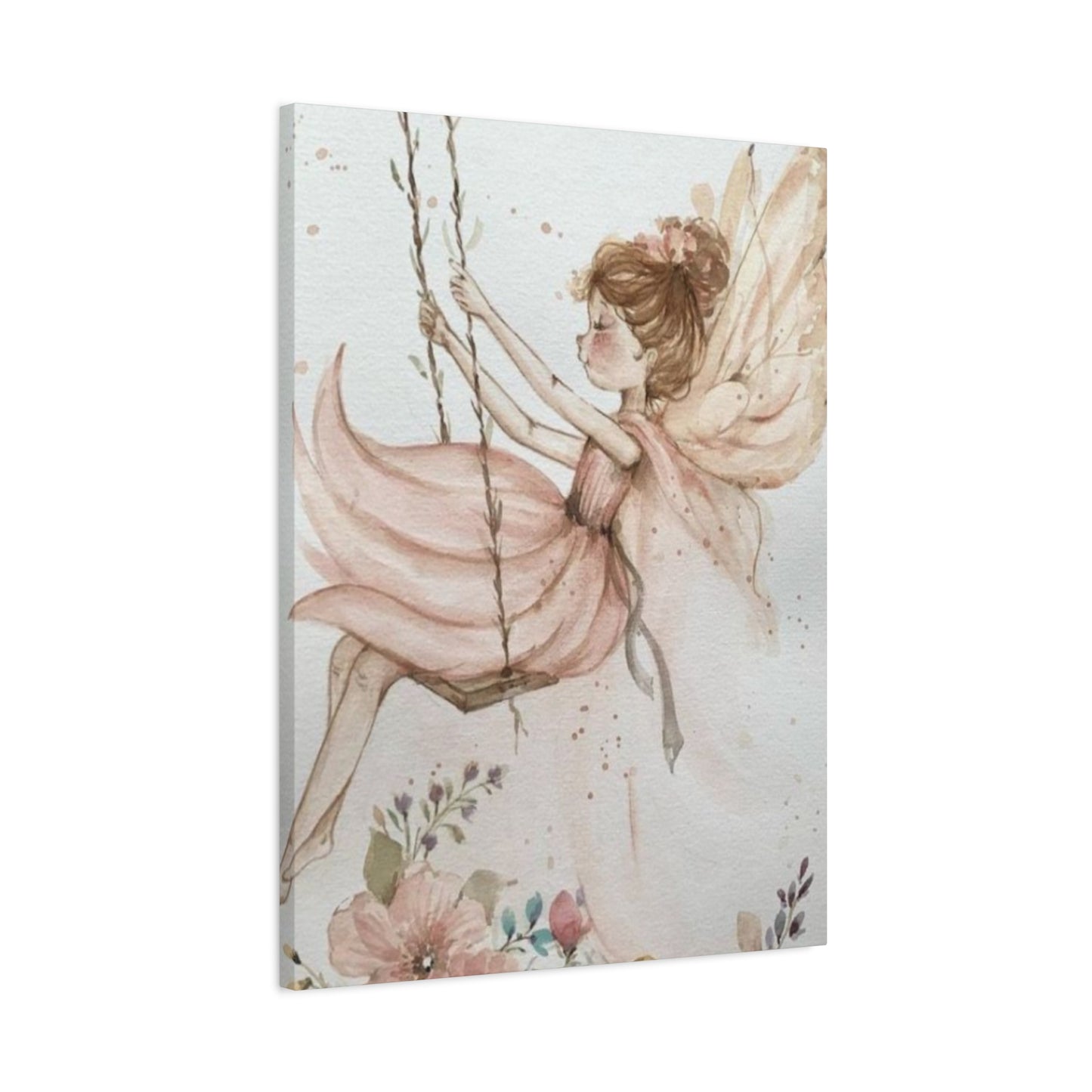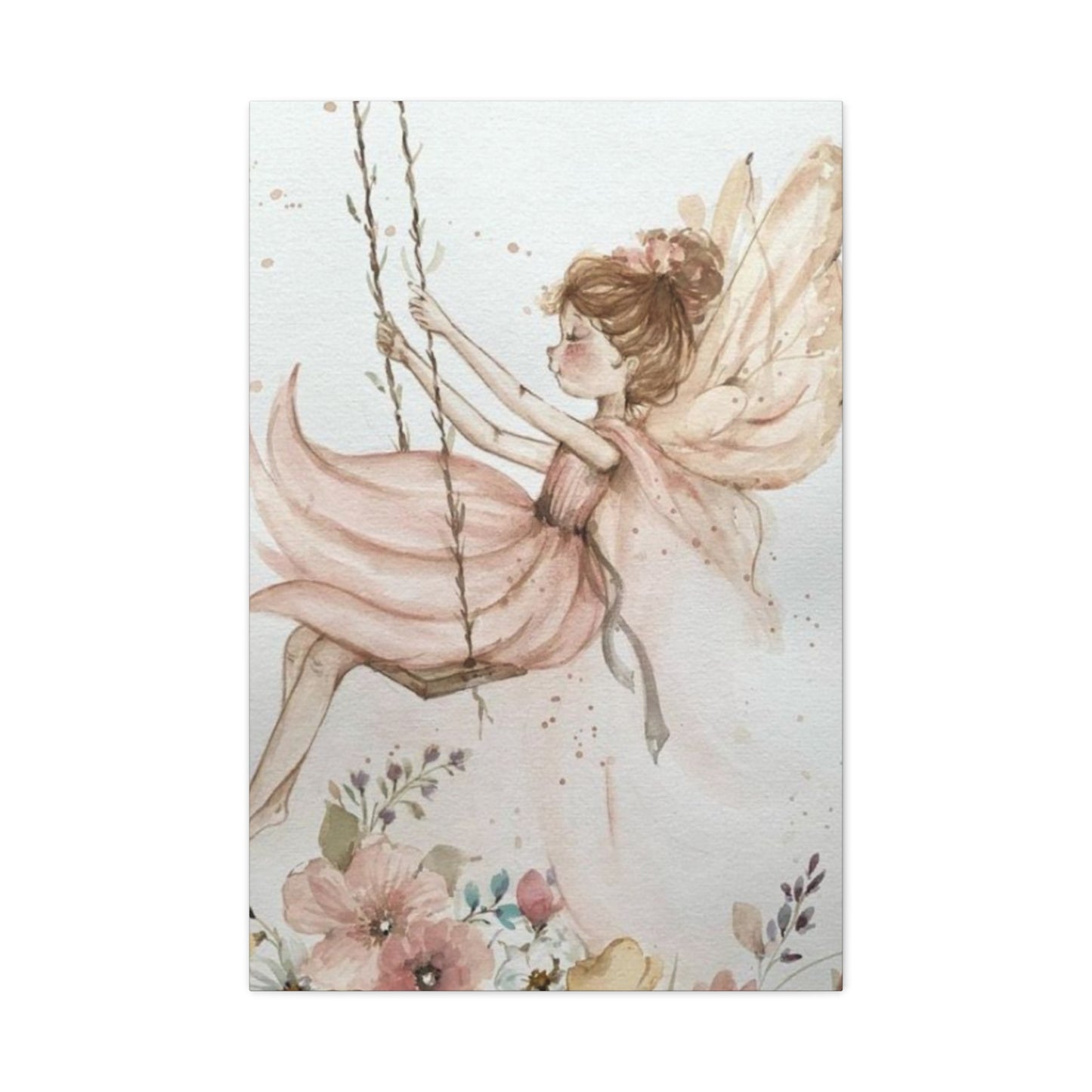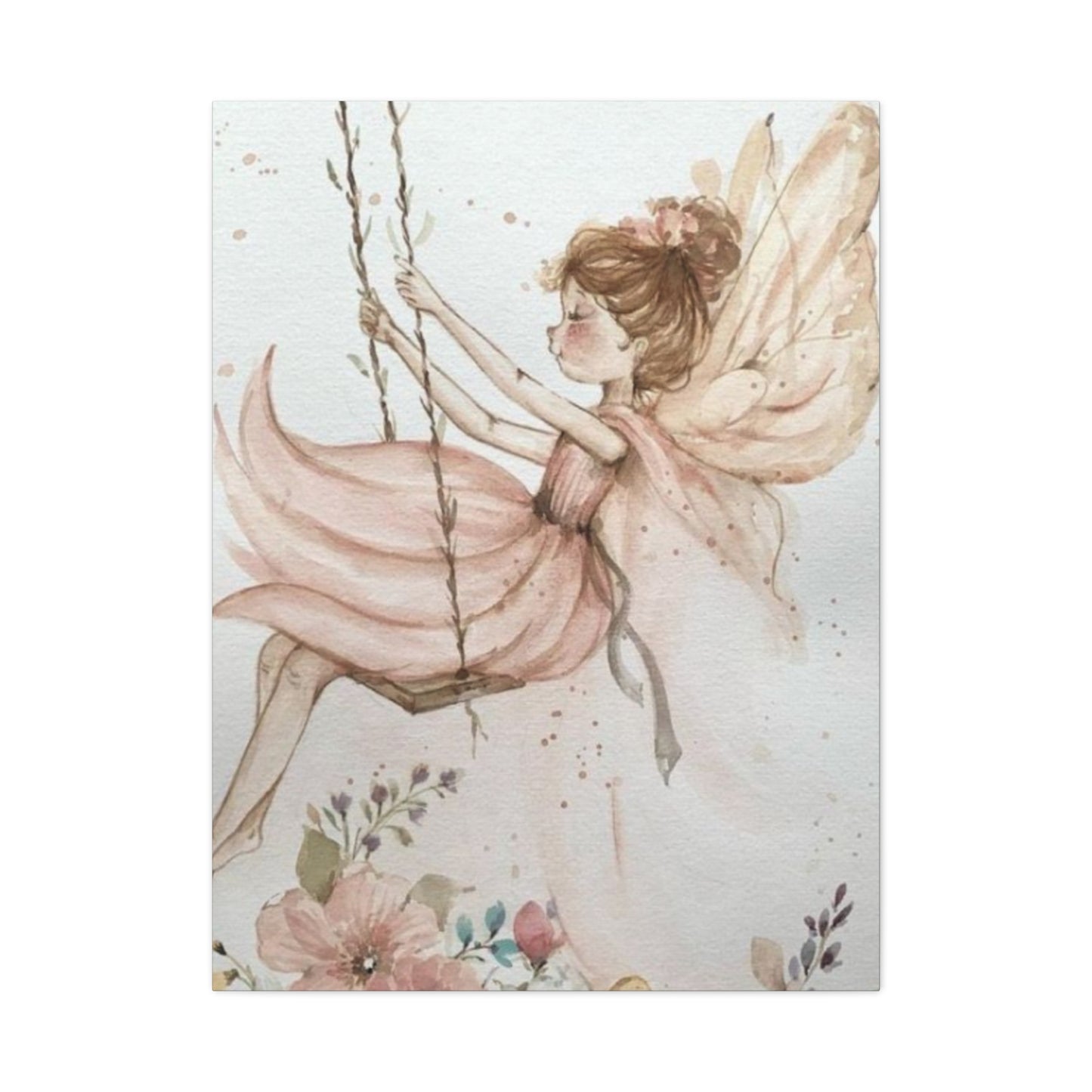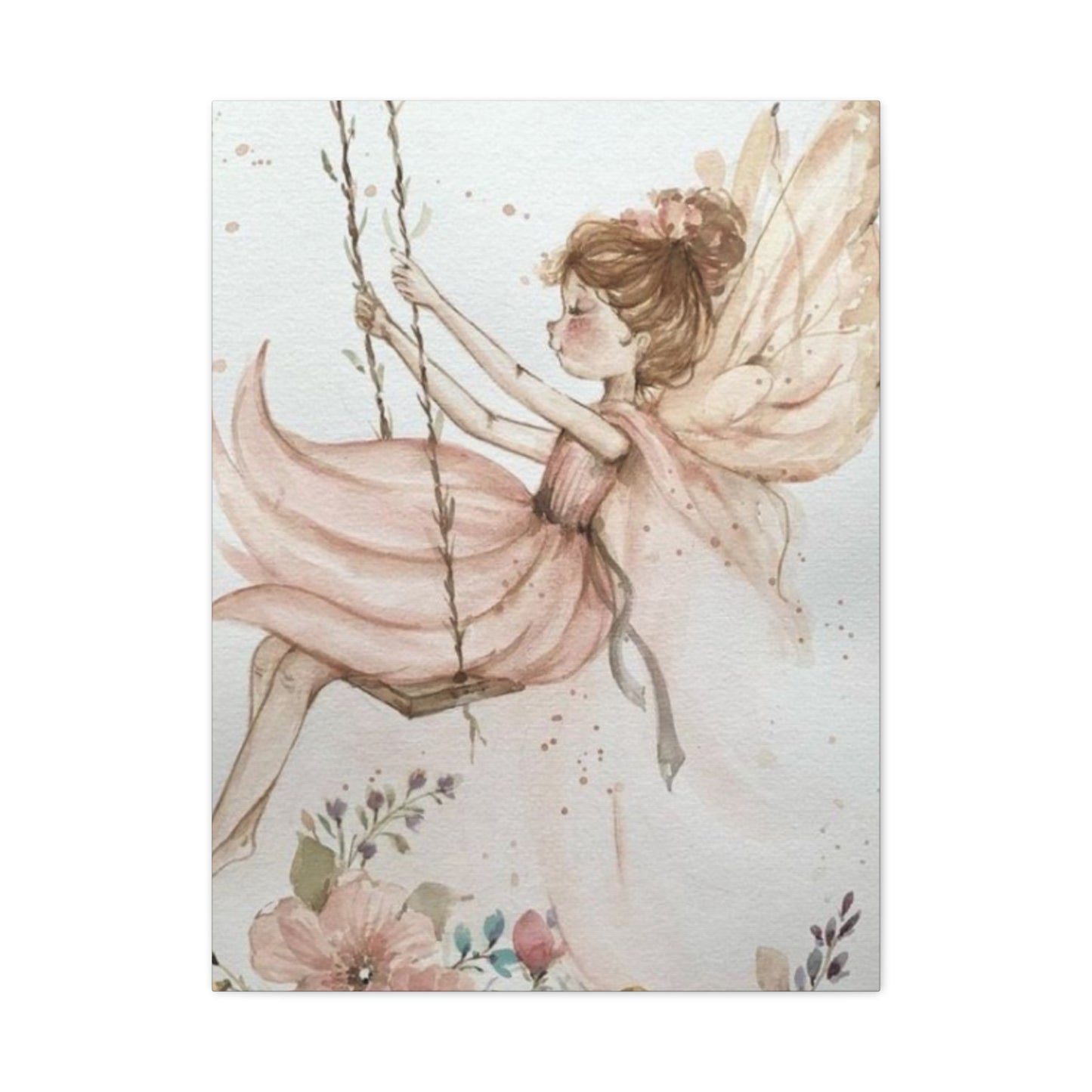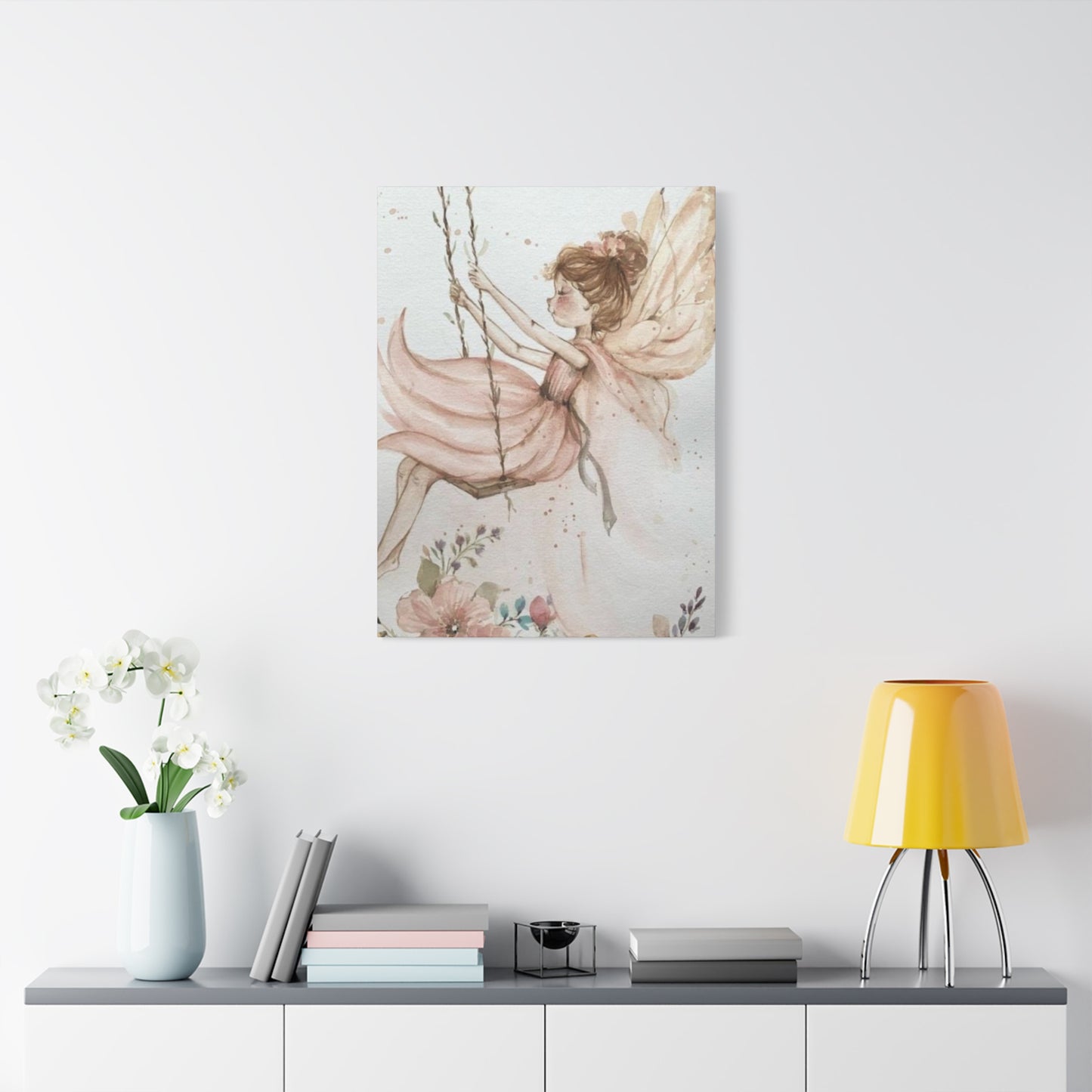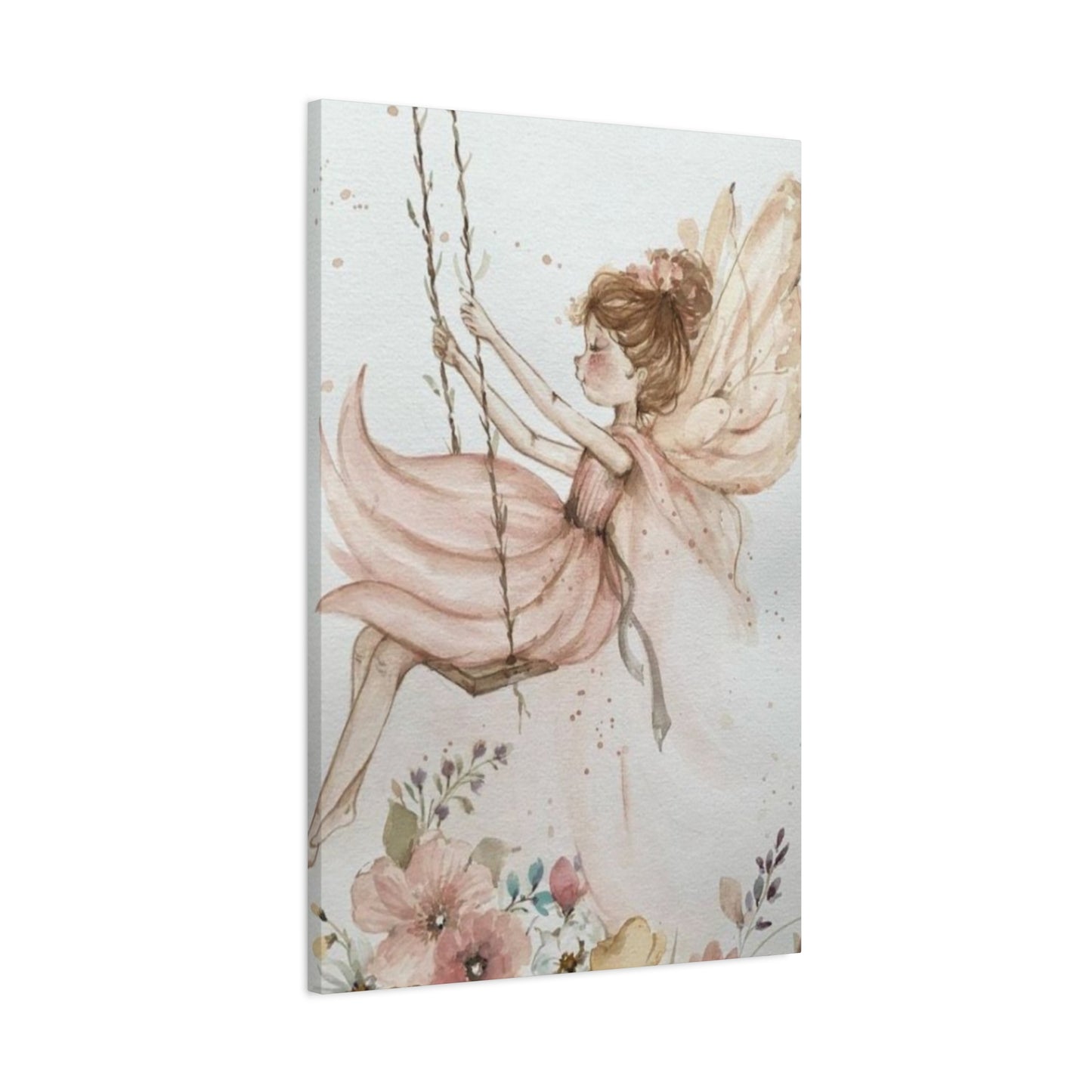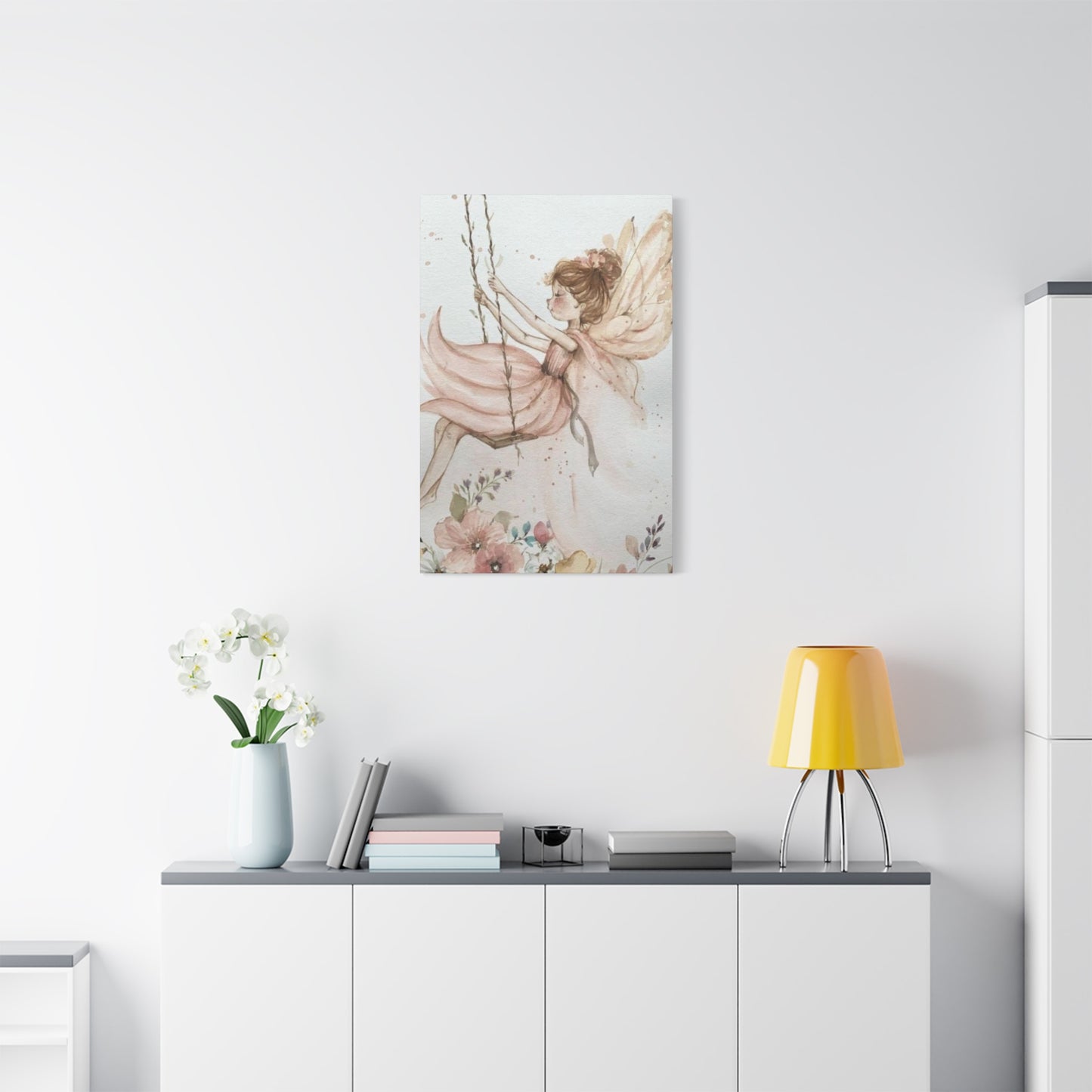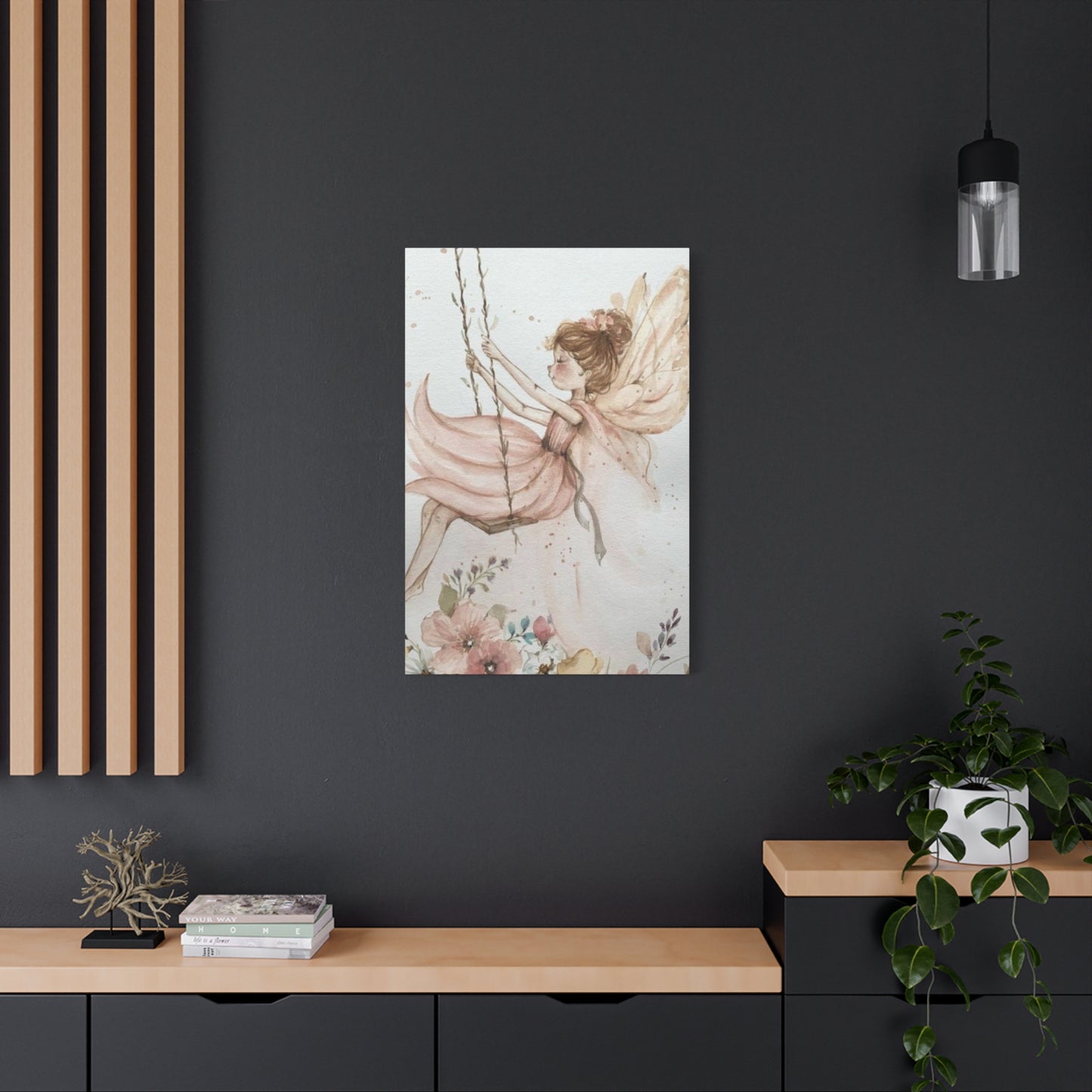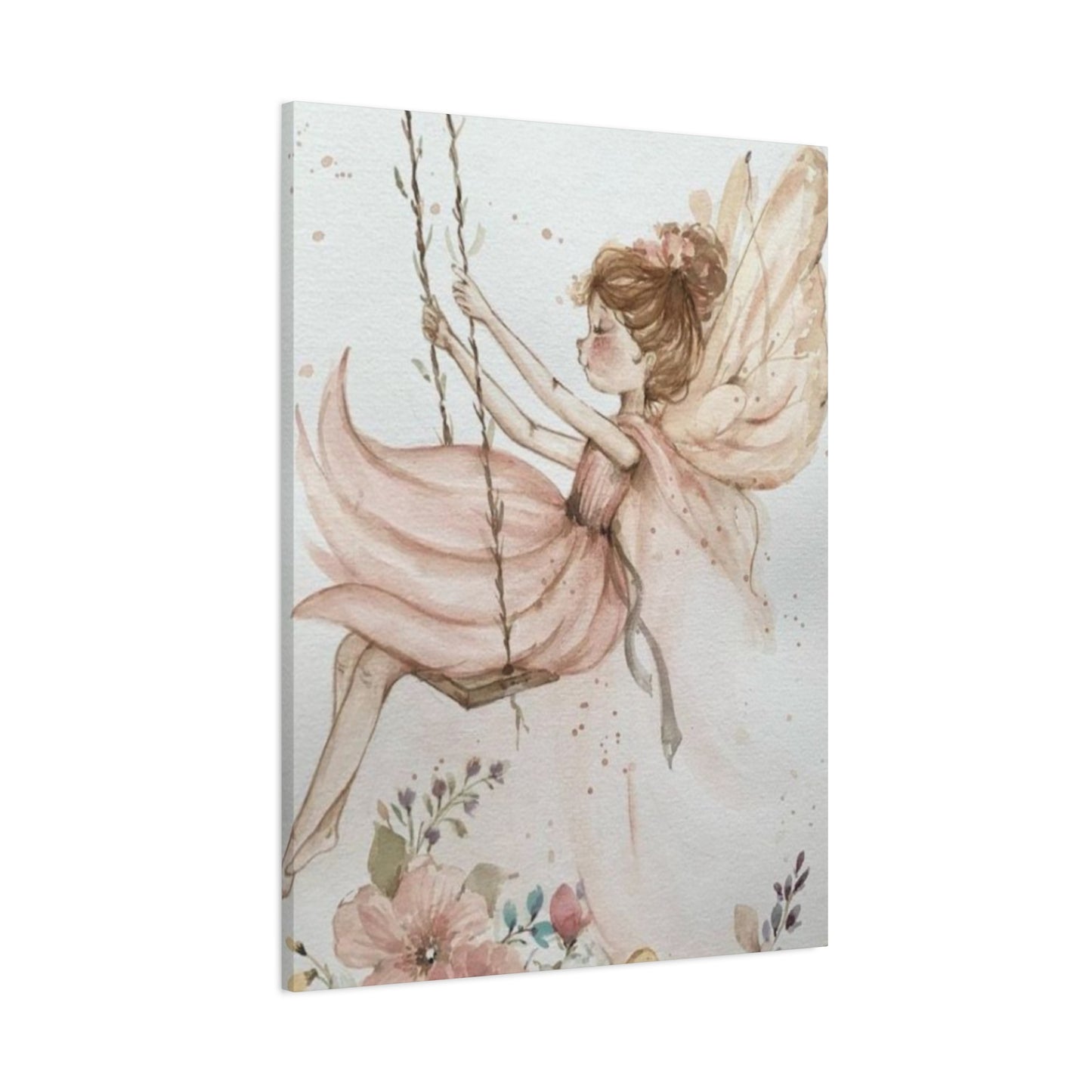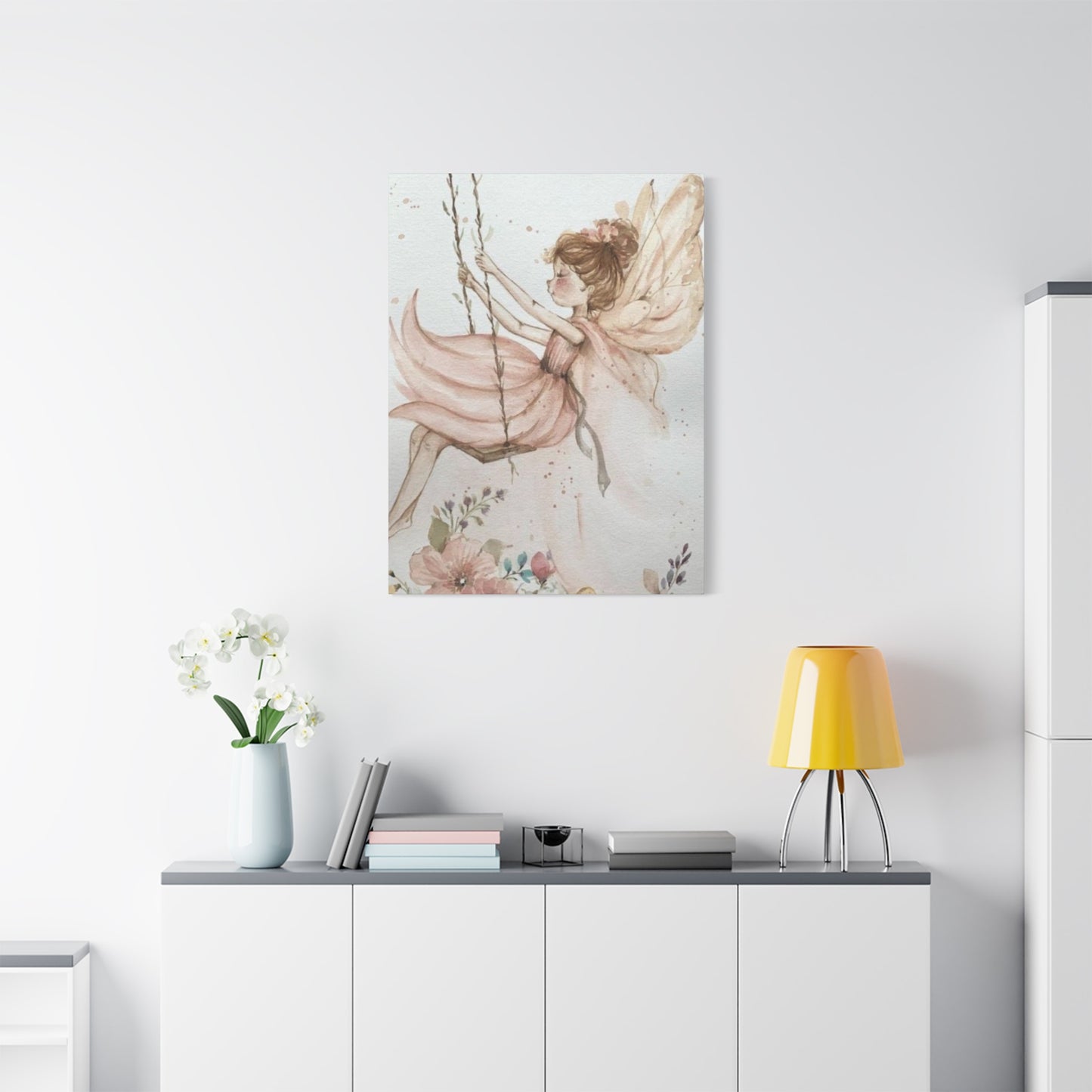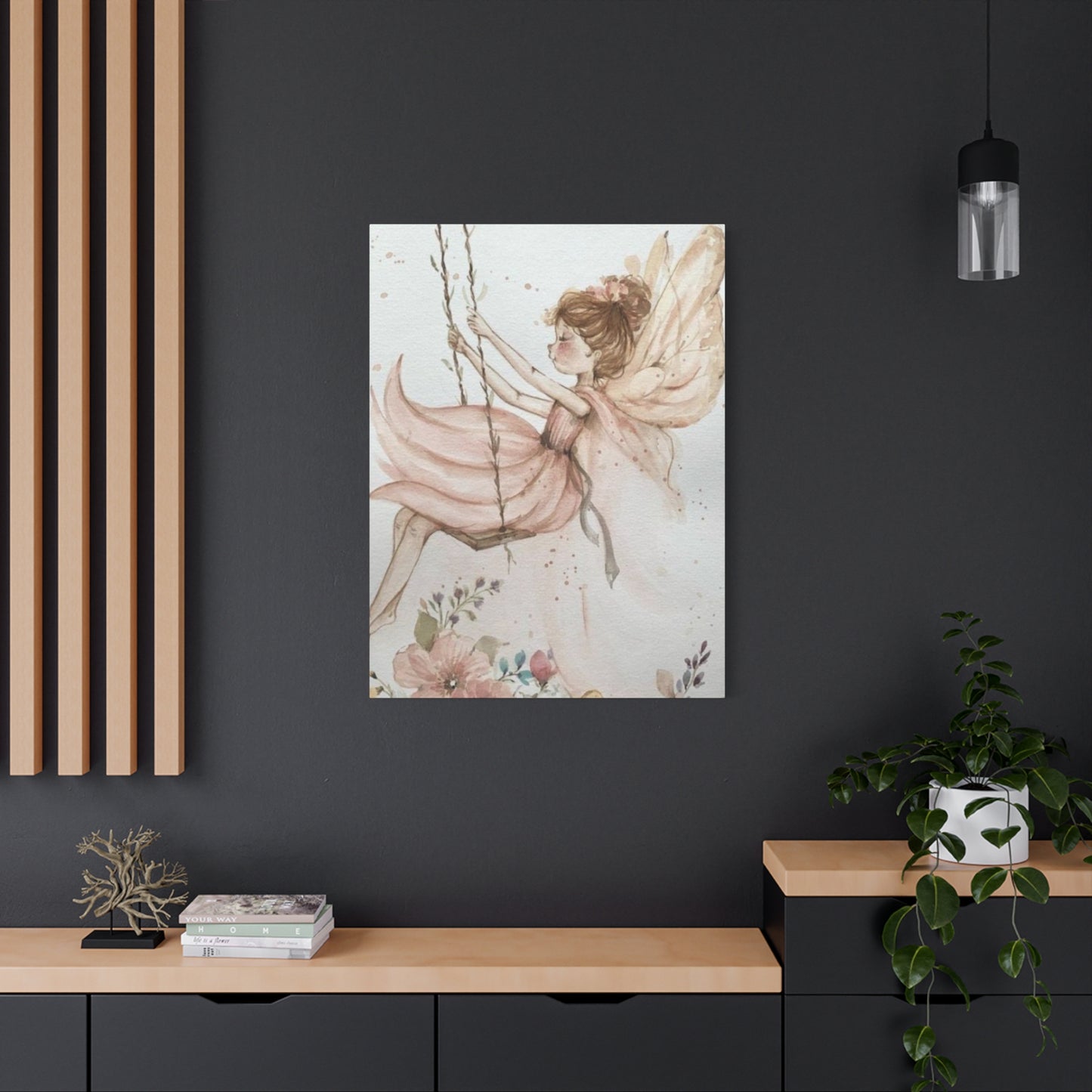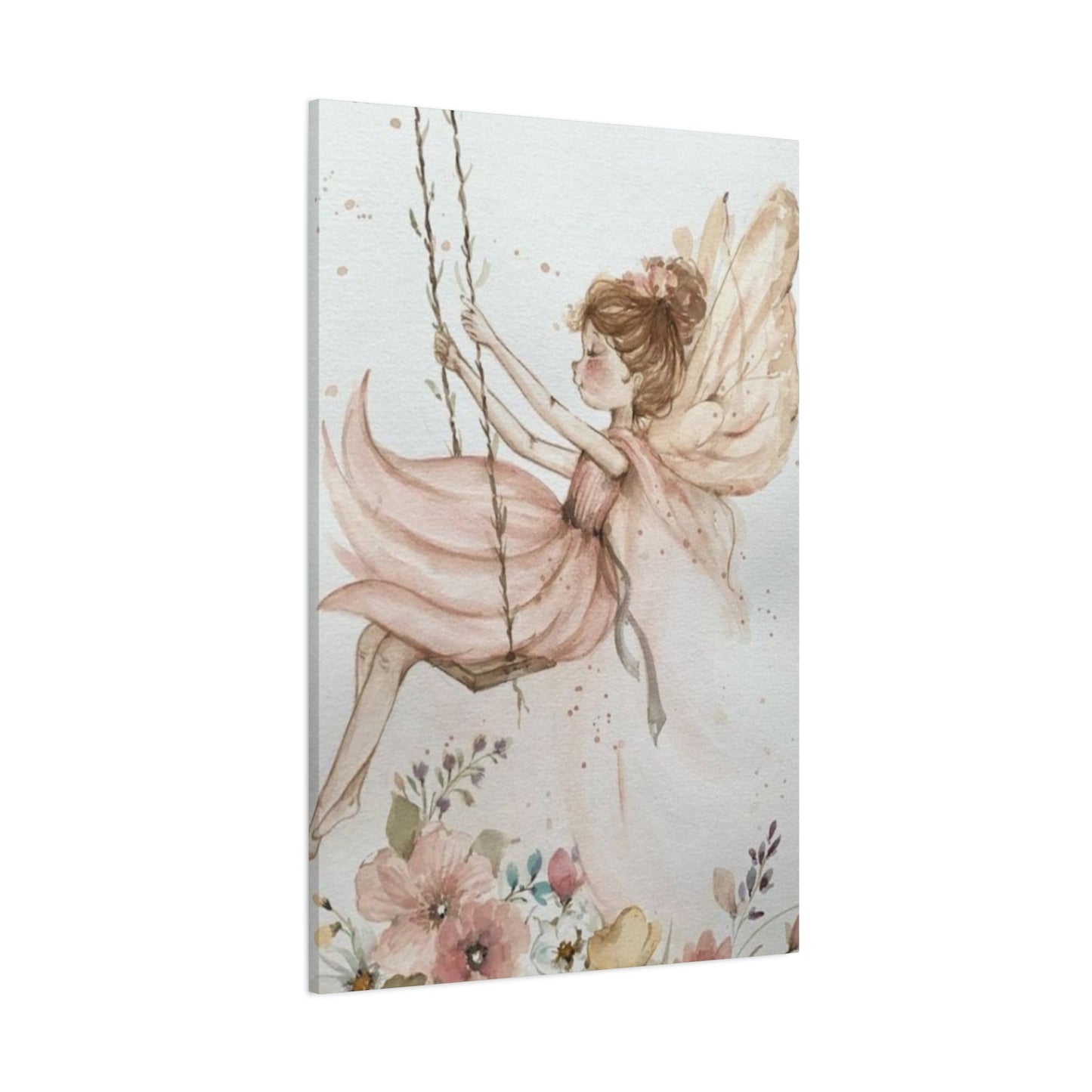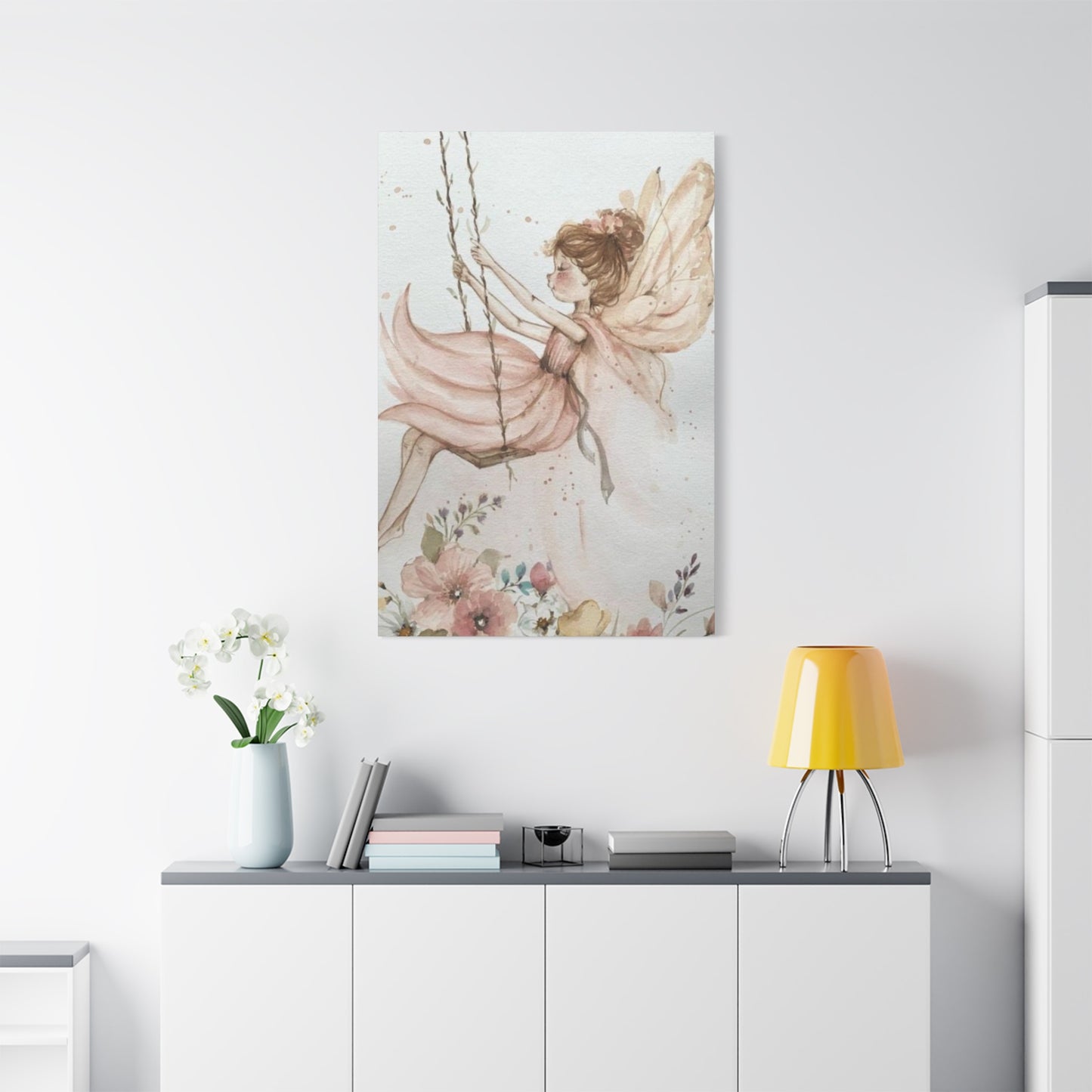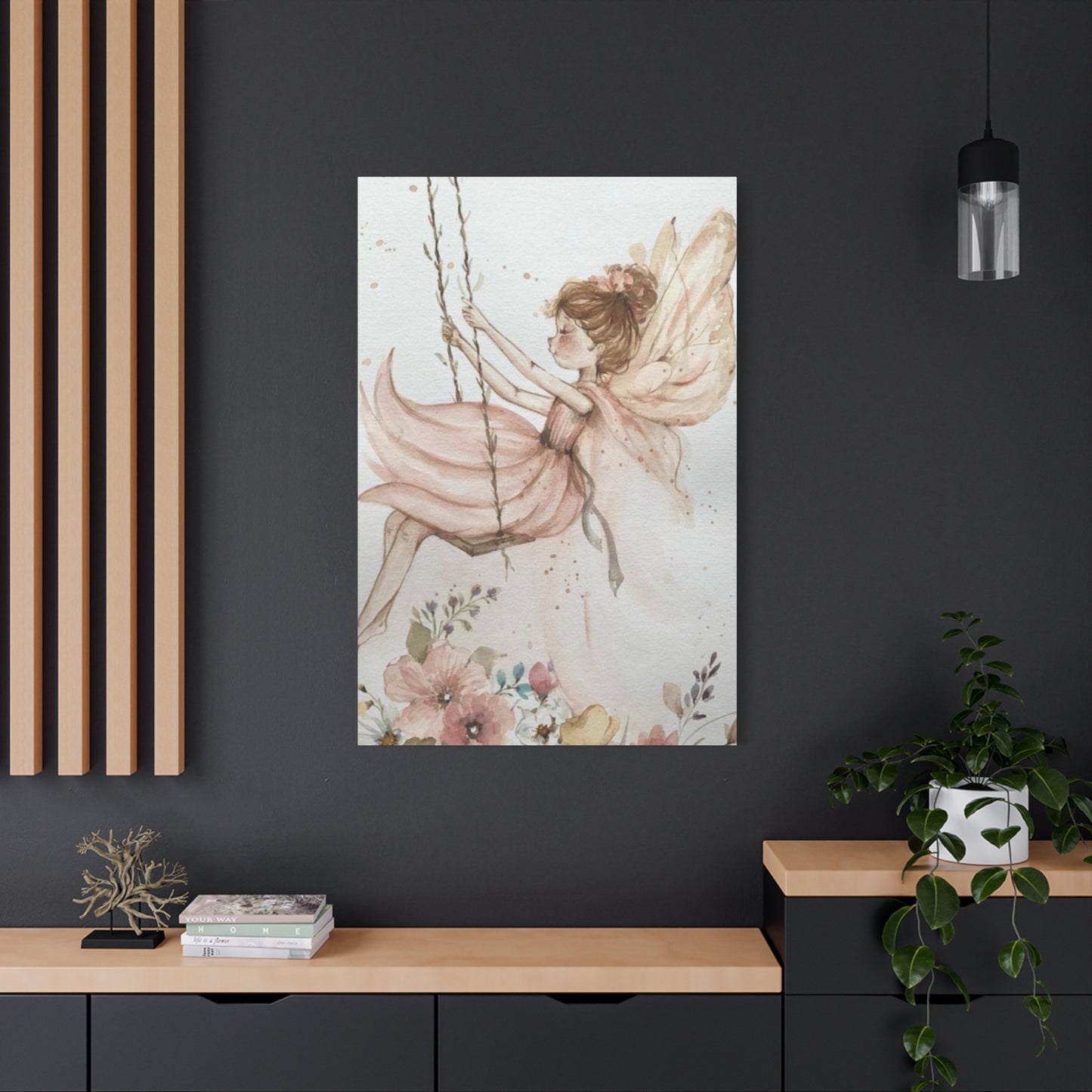Fairy Tales on Your Walls: Girl Swing Fairies Wall Art for Dreamy Interiors
Mixed media artistry has revolutionized contemporary visual expression, particularly when depicting feminine subjects through innovative combinations of traditional and modern techniques. Artists worldwide are discovering the boundless possibilities that emerge when paint, collage, texture, and digital elements converge to create stunning female portraits and figurative compositions. This comprehensive exploration delves into the multifaceted world of creating captivating female imagery through mixed media approaches, offering insights for both emerging and established artists seeking to expand their creative horizons.
The beauty of mixed media lies in its unlimited potential for experimentation and personal expression. When artists combine various materials and techniques to portray feminine subjects, they unlock opportunities to convey depth, emotion, and narrative that single-medium approaches might not achieve. From delicate watercolor foundations enhanced with bold acrylic overlays to intricate collage work integrated with digital manipulation, the possibilities are endless.
Contemporary art movements have embraced mixed media techniques as a powerful means of storytelling, particularly when celebrating femininity and female empowerment. Artists are increasingly drawn to this versatile approach because it allows them to break conventional boundaries and create works that resonate with modern audiences who appreciate innovation and authenticity.
The technical aspects of mixed media female portraiture require careful consideration of material compatibility, layering sequences, and surface preparation. Successful pieces often begin with thoughtful planning, though spontaneous elements frequently emerge during the creative process, adding unexpected beauty and authenticity to the final work.
Professional artists and hobbyists alike benefit from understanding the fundamental principles that govern successful mixed media compositions. These principles encompass everything from color theory and compositional balance to the physical properties of various materials and their interaction over time.
Feminine Subjects in Contemporary Mixed Media
Contemporary mixed media art has found profound expression through feminine imagery, with artists exploring themes of strength, vulnerability, beauty, and complexity inherent in female experience. Modern practitioners are moving beyond traditional portraiture to create dynamic compositions that celebrate the multifaceted nature of femininity while incorporating contemporary visual languages and cultural references.
The representation of female subjects in mixed media allows artists to layer meaning literally and metaphorically. Each additional element - whether textural, chromatic, or conceptual - contributes to a richer narrative that speaks to the complexity of feminine identity in today's world. Artists frequently incorporate personal and cultural symbols, creating works that resonate with diverse audiences while maintaining individual artistic vision.
Many contemporary artists approach feminine subjects with fresh perspectives, challenging historical representations while honoring artistic traditions. This balance between innovation and reverence creates compelling works that speak to both art historical knowledge and contemporary sensibilities. The mixed media approach particularly suits this dual purpose, allowing artists to reference classical techniques while incorporating modern materials and concepts.
The emotional range possible in mixed media feminine portraiture extends from subtle, contemplative pieces to bold, expressive works that command attention. Artists can manipulate texture, color, and composition to guide viewer response, creating intimate connections between artwork and audience. This emotional accessibility makes mixed media feminine art particularly popular among collectors and public art installations.
Cultural influences play significant roles in contemporary mixed media feminine art. Artists draw inspiration from global traditions, incorporating elements from various cultures while maintaining respect for their origins. This cross-cultural pollination enriches the artistic landscape and creates opportunities for meaningful dialogue about shared human experiences across different societies.
Painting Techniques for Female Portraiture in Mixed Media
Successful mixed media female portraiture begins with solid foundational painting techniques that provide structure for additional layers and elements. Artists must master basic painting principles before effectively incorporating additional media, ensuring that their foundational skills support rather than compete with supplementary materials and techniques.
Underpainting serves as the crucial first layer in most mixed media feminine portraits. This initial stage establishes composition, value relationships, and basic color harmony. Artists often use acrylic or watercolor for underpainting because these media dry quickly and provide stable foundations for subsequent layers. The underpainting should be relatively simple, focusing on major forms and tonal relationships rather than detail.
Glazing techniques allow artists to build luminous color while maintaining transparency that enhances the overall composition. When applied skillfully, glazes can create depth and atmospheric effects that bring feminine subjects to life. Artists working in mixed media often alternate between opaque and transparent layers, creating visual complexity that engages viewers on multiple levels.
Brushwork varies significantly depending on the desired effect and the stage of the painting process. Initial layers might employ broad, confident strokes that establish major forms, while later stages require more precise work for features and details. Artists working in mixed media must consider how their brushwork will interact with subsequent collage elements or textural additions.
Color mixing in mixed media feminine portraiture requires understanding how different pigments and media interact. Artists must consider not only immediate color relationships but also how colors might change over time as various media age and interact. This long-term thinking is particularly important for works intended for exhibition or sale.
Drying time management becomes crucial in mixed media work, as artists must coordinate the curing rates of different materials. Some artists work on multiple pieces simultaneously, allowing proper drying time between layers while maintaining creative momentum. This approach also allows for cross-pollination of ideas between different works in progress.
Essential Materials for Mixed Media Female Art
Selecting appropriate materials forms the foundation of successful mixed media feminine artworks. Artists must balance quality, compatibility, and cost when building their material palette. Professional-grade materials generally provide better archival properties and color stability, making them worthwhile investments for serious artistic endeavors.
Painting media options include acrylics, oils, watercolors, and specialty paints designed specifically for mixed media applications. Acrylic paints offer versatility and quick drying times, making them popular choices for mixed media work. Their ability to accept various additives and mediums expands creative possibilities significantly. Oil paints provide rich color and extended working time but require careful consideration of fat-over-lean principles when layering with other media.
Paper and canvas selection influences both the working properties and final appearance of mixed media pieces. Heavy watercolor papers can handle multiple wet applications and collage elements without buckling. Canvas provides texture and stability but may require sizing depending on the media being used. Artists increasingly experiment with unconventional supports, including wood panels, metal sheets, and synthetic materials.
Adhesives play crucial roles in mixed media work, particularly when incorporating collage elements. PVA glue, gel mediums, and specialized mounting adhesives each offer different properties and working characteristics. Artists must consider not only initial bonding strength but also long-term stability and archival properties when selecting adhesives.
Textural materials encompass an enormous range of possibilities, from traditional materials like sand and pumice to contemporary options including modeling paste, crackle mediums, and fiber additions. These materials can create surface interest that enhances the portrayal of feminine subjects, adding tactile qualities that invite closer examination.
Protective finishes become particularly important in mixed media work because of the variety of materials involved. Varnishes and sealers must be compatible with all elements in the composition while providing appropriate protection against environmental factors. Some mixed media works benefit from multiple protective coats applied in stages as different elements are completed.
Layering Methods for Female Portraits
Successful layering in mixed media feminine portraits requires strategic planning combined with intuitive responsiveness to emerging composition needs. Artists must balance predetermined approaches with spontaneous discoveries that emerge during the creative process. This balance between control and spontaneity often produces the most compelling results.
Foundation layers establish the basic structure and tonal relationships that support all subsequent additions. These initial layers should be relatively stable and quick-drying to provide reliable bases for further work. Many artists use diluted acrylics or watercolors for foundation layers because these media allow for easy modification while providing good adhesion for subsequent layers.
Transitional layers bridge the gap between foundation work and final details. These intermediate stages often involve building up forms, refining color relationships, and beginning to establish the character and mood of the subject. Artists working in mixed media frequently use transitional layers to test how different materials interact before committing to final applications.
Detail layers require the most careful consideration because they significantly impact the final impression of the artwork. Facial features, hair texture, and clothing details all require different approaches and materials. Artists must consider not only immediate visual impact but also how detail layers will age and interact with other elements over time.
Protective interlayers can be necessary when working with incompatible materials or when creating works intended for long-term display. These transparent layers protect underlying work while allowing for additional applications. Proper selection and application of protective interlayers can significantly extend the life of mixed media artworks.
Integration techniques help unify disparate elements into cohesive compositions. These might include selective glazing, strategic placement of unifying colors, or textural elements that tie different areas together. Successful integration requires both technical skill and artistic sensitivity to maintain visual coherence while preserving the unique character of different materials.
Integrating Paint and Collage in Female Imagery
The combination of painting and collage techniques opens unlimited creative possibilities for feminine portraiture and figurative work. This integration requires careful attention to both technical compatibility and aesthetic harmony. Successful works often achieve seamless integration where painted and collaged elements enhance rather than compete with each other.
Preparation techniques for collage integration vary depending on the materials being combined. Paper elements might require sizing or sealing before integration with paint, while fabric elements might need different preparation approaches. Proper preparation ensures long-term stability and prevents unwanted color bleeding or adhesion failures.
Selection criteria for collage materials should consider both visual impact and technical compatibility. Materials must be acid-free and stable to prevent deterioration over time. Visual considerations include color, texture, pattern, and cultural or symbolic associations that enhance the overall composition. Artists often build collections of potential collage materials, selecting from these resources as compositions develop.
Adhesion techniques vary significantly depending on the collage materials and painting media being combined. Some combinations require special adhesives or preparation methods to ensure permanent bonding. Artists must also consider how adhesion methods might affect the visual appearance of transparent or translucent materials.
Blending strategies help integrate painted and collaged elements seamlessly. These might include painting over collage edges, incorporating collage colors into painted areas, or using glazes to unify different elements. Successful blending requires understanding how different materials accept paint and how they might change appearance over time.
Timing considerations become crucial when integrating paint and collage because different materials have different working times and curing requirements. Some artists prefer to complete all painted elements before adding collage, while others integrate materials throughout the process. Both approaches can be successful, but they require different planning and execution strategies.
Expressive Approaches to Female Mixed Media Art
Expressive mixed media techniques allow artists to convey emotion and personality in ways that purely representational approaches might not achieve. These techniques emphasize feeling over literal accuracy, creating works that connect with viewers on emotional rather than purely visual levels. The mixed media approach particularly suits expressive work because it allows for spontaneous additions and modifications that pure painting techniques might not accommodate.
Gestural techniques involve using broad, confident movements to establish energy and movement within compositions. These approaches work particularly well in mixed media because artists can layer different materials to build up gestural effects. Brushwork, palette knife applications, and even hand applications of materials can create expressive effects that bring feminine subjects to life.
Color expression transcends literal representation to convey mood, emotion, and personal response to the subject. Mixed media artists can layer colors in ways that create optical mixing effects or use unexpected color combinations to create emotional impact. The ability to incorporate colored papers, fabrics, or other materials expands color possibilities beyond traditional paint mixing.
Textural expression uses surface variation to create tactile interest and emotional response. Heavy impasto applications, collaged materials with interesting textures, and specialized textural mediums can all contribute to expressive effects. These textural elements often invite physical interaction, creating more engaging viewer experiences.
Compositional expression involves using unusual viewpoints, cropping, or spatial relationships to create emotional impact. Mixed media techniques support compositional expression by allowing artists to modify compositions through collage additions or textural applications that change spatial relationships within the work.
Symbolic expression incorporates meaningful objects, patterns, or cultural references that add layers of meaning to feminine portraits. Mixed media techniques excel at incorporating symbolic elements because they allow for the inclusion of actual objects or reproductions that carry specific cultural or personal significance.
Creating Texture in Female Mixed Media Compositions
Textural elements add physical dimension and visual interest to mixed media feminine artworks, creating opportunities for light play and tactile engagement that flat techniques cannot achieve. Artists can create texture through various means, from traditional impasto techniques to contemporary specialty products designed specifically for textural applications.
Building texture requires understanding how different materials behave and interact. Some textural elements must be applied to specific substrates or in particular sequences to achieve desired effects. Artists must also consider how textural elements will affect subsequent layers and applications, planning texture placement strategically rather than randomly.
Natural textures can be created using materials like sand, pumice, or organic matter incorporated into paint or medium. These materials provide authentic textural effects that can enhance the portrayal of hair, skin, or clothing in feminine subjects. Artists must ensure that natural materials are properly prepared and sealed to prevent deterioration or unwanted chemical interactions.
Synthetic textures utilize manufactured products designed specifically for artistic applications. These include modeling compounds, textural gels, and specialty mediums that create various surface effects. Synthetic materials often provide more predictable results and better archival properties than natural alternatives.
Relief techniques create three-dimensional effects that extend beyond the picture plane. These might include built-up paint applications, collaged elements that create physical dimension, or carved or molded elements integrated into the composition. Relief techniques can dramatically enhance the visual impact of feminine portraits by creating engaging light and shadow effects.
Surface preparation becomes crucial when working with textural elements because these materials often require specific adhesion and support characteristics. Proper preparation ensures that textural elements remain securely attached while allowing for the visual effects that make them worthwhile additions to the composition.
Color Theory in Female Mixed Media Portraiture
Effective color usage forms the foundation of compelling mixed media feminine artworks. Artists must understand not only basic color relationships but also how colors behave when combined with various mixed media materials and techniques. This understanding enables informed color choices that enhance rather than compete with the technical complexity of mixed media approaches.
Color harmony principles guide the selection and combination of colors to create visually pleasing and emotionally resonant compositions. Traditional harmony approaches including complementary, analogous, and triadic color schemes provide reliable starting points for color planning. However, mixed media artists often discover new harmonic relationships through experimentation with unconventional materials and combinations.
Psychological color effects influence viewer response to feminine portraits in profound ways. Warm colors generally create feelings of intimacy and energy, while cool colors suggest calm or distance. Mixed media artists can manipulate these psychological responses through strategic color placement and material selection, creating works that guide viewer emotional engagement.
Color temperature relationships affect the sense of light and atmosphere within compositions. Mixed media techniques allow artists to create complex temperature relationships by layering warm and cool elements in ways that pure painting techniques might not accommodate. These relationships can suggest different lighting conditions or emotional states within feminine portraits.
Color intensity variations create visual hierarchy and focus within compositions. Artists can use intense colors to draw attention to important areas while using muted tones for supporting elements. Mixed media techniques provide numerous ways to modify color intensity through glazing, scumbling, or incorporating materials with different chromatic properties.
Color durability considerations become particularly important in mixed media work because different materials age at different rates and may change color over time. Artists must consider not only immediate color relationships but also how these relationships might evolve as the artwork ages, selecting materials and techniques that maintain visual coherence over extended periods.
Abstract versus Representational Female Imagery
The spectrum between abstract and representational approaches in mixed media feminine art offers artists numerous possibilities for personal expression and artistic exploration. Contemporary artists often blend these approaches, creating works that contain recognizable feminine elements while incorporating abstract passages that enhance emotional or conceptual content.
Pure representation focuses on accurate portrayal of physical characteristics and recognizable feminine attributes. This approach requires strong foundational drawing and painting skills but can be enhanced significantly through mixed media techniques that add textural interest or symbolic content. Representational work often appeals to broader audiences because of its immediate accessibility and recognition.
Semi-abstract approaches maintain recognizable feminine characteristics while simplifying or stylizing other elements. This balance allows artists to emphasize particular aspects of femininity while de-emphasizing others, creating works that are both accessible and artistically sophisticated. Mixed media techniques particularly suit semi-abstract approaches because they allow for selective emphasis through material choice and application techniques.
Pure abstraction uses feminine themes as inspiration for compositions that may not contain directly recognizable elements. These works often focus on color, form, and texture relationships that suggest rather than depict feminine characteristics. Abstract approaches can be challenging for viewers but often reward careful attention with rich emotional and aesthetic experiences.
Symbolic representation incorporates recognizable symbols associated with femininity rather than direct portrayal. This approach allows artists to explore cultural and personal associations with feminine identity while maintaining artistic freedom in composition and technique. Mixed media approaches excel at symbolic representation because they allow incorporation of actual symbolic objects or materials.
Conceptual integration combines various approaches within single compositions, creating works that operate on multiple levels simultaneously. These pieces might include representational elements alongside abstract passages and symbolic content, creating rich visual experiences that reward extended viewing and contemplation.
Sequential Approach to Female Mixed Media Creation
Systematic approaches to mixed media feminine artwork creation help artists manage the complexity inherent in multi-material compositions while maintaining creative spontaneity. These approaches provide structure without constraining artistic freedom, enabling artists to work confidently with unfamiliar materials and techniques.
Planning phases involve conceptual development, material selection, and compositional sketching. Artists benefit from spending adequate time in planning because mixed media work can be difficult to modify once advanced stages are reached. Planning should remain flexible enough to accommodate discoveries and changes that emerge during the creative process.
Foundation establishment creates the structural and tonal basis for all subsequent work. This phase typically involves creating compositional sketches, preparing supports, and applying initial layers that establish major forms and value relationships. Foundation work should be stable and relatively quick-drying to support subsequent applications without delay.
Development phases involve building up forms, refining color relationships, and beginning to establish character and mood. These intermediate stages often involve the most experimentation as artists test material interactions and develop techniques specific to individual pieces. Development work requires balancing predetermined plans with responsive adaptation to emerging compositional needs.
Integration stages bring together different materials and techniques into unified compositions. This phase often involves selective modifications to enhance harmony between different elements, including glazing, textural additions, or strategic color applications that tie disparate elements together.
Completion phases involve final details, protective applications, and critical evaluation. Artists must develop sensitivity to completion because mixed media work can easily become overworked. Learning when to stop often requires as much skill as learning technical applications, and experienced artists develop intuitive understanding of completion timing.
Contemporary Styles in Female Mixed Media Art
Current artistic movements and trends significantly influence mixed media approaches to feminine imagery. Understanding these contemporary styles helps artists position their work within current artistic dialogues while developing personal approaches that reflect individual artistic vision and cultural context.
Urban contemporary styles incorporate street art elements, graffiti techniques, and pop culture references into feminine portraiture. These approaches often combine traditional portraiture skills with contemporary visual languages, creating works that speak to modern audiences while demonstrating technical proficiency. Mixed media techniques particularly suit urban contemporary approaches because they accommodate diverse materials and application methods.
Neo-expressionist influences emphasize emotional content and personal expression over technical refinement. These approaches often incorporate bold color usage, gestural applications, and symbolic content that enhances emotional impact. Mixed media techniques support neo-expressionist approaches by allowing for spontaneous material additions and modifications that pure painting techniques might not accommodate.
Photorealistic influences seek to achieve camera-like accuracy in mixed media compositions. These approaches require exceptional technical skill but can be enhanced through mixed media techniques that add textural interest or symbolic content to otherwise purely representational work. Photorealistic approaches often appeal to collectors who appreciate technical demonstration combined with artistic sensitivity.
Surrealist influences incorporate dreamlike elements, unexpected juxtapositions, and symbolic content into feminine imagery. Mixed media techniques excel at surrealist applications because they allow for incorporation of actual objects or materials that create unexpected combinations and enhance symbolic content.
Minimalist approaches emphasize simplicity, essential elements, and refined execution over complex technical display. These approaches can be challenging in mixed media work because they require careful material selection and application to avoid visual confusion while maintaining interest and impact.
Establishing Atmosphere in Female Mixed Media Works
Atmospheric effects in mixed media feminine artworks create emotional resonance and visual depth that enhance viewer engagement. These effects can suggest time of day, emotional states, or environmental conditions that support the overall artistic message and enhance the portrayal of feminine subjects.
Lighting effects significantly impact atmospheric quality in mixed media compositions. Artists can suggest different lighting conditions through color temperature choices, value relationships, and strategic placement of highlights and shadows. Mixed media techniques allow for creation of complex lighting effects through layering and material selection that pure painting techniques might not achieve.
Weather conditions can be suggested through various mixed media techniques including textural applications, color choices, and material selections that evoke specific atmospheric conditions. These environmental suggestions can enhance emotional content and provide context for feminine subjects within larger narrational frameworks.
Seasonal associations connect feminine imagery with natural cycles and cultural associations linked to different times of year. Artists can incorporate seasonal elements through color palettes, symbolic materials, or textural applications that suggest specific seasonal characteristics while enhancing the portrayal of feminine subjects.
Time-of-day effects influence both the technical aspects of lighting and the emotional associations viewers bring to artworks. Morning light suggests hope and new beginnings, while evening light might evoke contemplation or melancholy. Mixed media techniques provide numerous ways to suggest temporal characteristics through material and color choices.
Cultural atmospheric elements incorporate environmental characteristics associated with specific geographical regions or cultural contexts. These elements can provide rich contextual information while enhancing the portrayal of feminine subjects within their cultural frameworks.
Urban Environments in Female Mixed Media Art
Contemporary urban environments provide rich inspiration for mixed media feminine artworks, offering diverse visual elements and cultural references that enhance artistic narratives. Urban settings allow artists to explore themes of modernity, cultural diversity, and social interaction while incorporating authentic materials and references from city environments.
Architectural elements from urban environments can be incorporated both as compositional devices and as actual materials within mixed media compositions. Building fragments, signage, and structural elements can provide authentic urban character while supporting the portrayal of feminine subjects within contemporary contexts.
Street art influences bring energy and contemporary relevance to mixed media feminine portraiture. These influences might include graffiti techniques, stenciling methods, or color palettes associated with urban art movements. Mixed media approaches naturally accommodate street art techniques because they embrace diverse materials and application methods.
Industrial materials from urban environments can provide authentic textural and visual elements for mixed media compositions. Metal fragments, concrete textures, and synthetic materials can create compelling contrasts with organic feminine imagery while maintaining environmental authenticity.
Cultural diversity represented in urban environments offers rich source material for mixed media artists exploring feminine identity within multicultural contexts. Artists can incorporate cultural symbols, materials, and color associations that reflect the diversity of contemporary urban life while maintaining artistic coherence.
Social commentary opportunities arise naturally when combining feminine imagery with urban environmental elements. Artists can explore themes of empowerment, adaptation, and cultural interaction through material choices and compositional strategies that reflect contemporary urban experience.
Display Strategies for Mixed Media Female Artwork
Effective presentation significantly impacts viewer reception and artistic success of mixed media feminine artworks. Artists must consider both protective requirements and aesthetic presentation when planning display strategies. Proper presentation enhances artistic impact while ensuring long-term preservation of complex mixed media compositions.
Framing considerations for mixed media work often differ from traditional painting requirements because of dimensional elements and material variety. Custom framing may be necessary to accommodate textural elements while providing adequate protection. Professional framers experienced with mixed media work can provide valuable guidance for complex presentation challenges.
Lighting requirements become more complex with mixed media artworks because different materials respond differently to various lighting conditions. LED lighting systems often provide the most flexible and conservation-friendly options for mixed media display. Artists should test lighting effects during creation to ensure optimal presentation results.
Environmental protection considerations encompass temperature control, humidity management, and protection from airborne pollutants that might affect different materials differently. Mixed media artworks may require more controlled environments than traditional paintings because of material variety and potential interaction effects.
Spatial considerations include adequate viewing distance and angle requirements that allow viewers to appreciate both overall composition and detailed elements. Mixed media works often benefit from close examination, requiring presentation strategies that accommodate varied viewing distances and positions.
Documentation requirements for mixed media artworks should include detailed material lists and technique descriptions that assist future conservation efforts. Proper documentation also supports insurance and authentication requirements while providing valuable information for collectors and curators.
Business Applications for Female Mixed Media Artists
Professional development in mixed media feminine art requires understanding market dynamics, pricing strategies, and promotional approaches that effectively communicate artistic value to potential collectors and clients. Artists must balance creative integrity with market awareness to build sustainable artistic careers.
Market research helps artists understand current trends, pricing standards, and collector preferences in mixed media feminine art markets. This research should encompass both local and broader markets, including online platforms and galleries specializing in mixed media or feminine imagery.
Portfolio development for mixed media artists requires careful curation that demonstrates technical competence, artistic vision, and professional presentation standards. Portfolios should include high-quality photographs that accurately represent the textural and dimensional qualities of mixed media work.
Pricing strategies must account for material costs, time investment, and artistic value while remaining competitive within relevant market segments. Mixed media work often commands premium pricing because of technical complexity and material variety, but artists must justify pricing through quality and presentation.
Promotional approaches should emphasize the unique qualities of mixed media techniques while communicating accessibility to diverse audiences. Artists can utilize social media, exhibitions, and educational opportunities to build recognition and collector base for their work.
Professional relationships with galleries, framers, and conservation specialists support long-term career development while ensuring proper presentation and preservation of mixed media artworks. Building these relationships requires time and professional conduct but provides essential support for artistic careers.
Pathways in Mixed Media Female Art
Artistic education continues throughout professional careers, with mixed media artists particularly benefiting from ongoing exploration of new materials and techniques. Educational opportunities range from formal academic programs to workshop experiences and self-directed learning approaches.
Academic programs provide structured learning environments with access to facilities, materials, and instruction that might not be available through independent study. University and college programs often provide the most comprehensive educational experiences but require significant time and financial investment.
Workshop experiences offer intensive learning opportunities focused on specific techniques or approaches. These shorter-term educational options allow artists to explore new directions without long-term commitments while learning from experienced practitioners.
Online learning platforms provide flexible educational opportunities that accommodate working artists' schedules while offering access to instruction from internationally recognized artists and educators. These platforms often provide lifetime access to instructional content, supporting ongoing learning and review.
Mentor relationships provide personalized guidance and support that group learning experiences cannot match. Establishing mentor relationships requires initiative and professional networking but can provide invaluable career guidance and artistic development opportunities.
Self-directed learning approaches require discipline and organization but allow for completely personalized educational experiences. Artists pursuing self-directed learning should establish clear goals and evaluation criteria while maintaining connections with other artists for feedback and support.
Sustainability in Mixed Media Female Art Creation
Environmental consciousness increasingly influences artistic practice, with mixed media artists particularly well-positioned to incorporate sustainable materials and practices into their work. Sustainable approaches can reduce environmental impact while often providing unique aesthetic qualities that enhance artistic expression.
Material sourcing considerations encompass both environmental impact and social responsibility factors. Artists can seek out locally sourced materials, recycled content, and suppliers with strong environmental and social practices. These sourcing decisions often provide additional narrative content for artistic work while supporting sustainable practices.
Waste reduction strategies help minimize environmental impact while often reducing material costs. These strategies might include careful planning to minimize waste, reusing materials from previous projects, and sharing excess materials with other artists or educational programs.
Non-toxic alternatives for traditional mixed media materials reduce health risks for artists while minimizing environmental impact. Water-based media, low-VOC products, and naturally derived materials often provide excellent artistic properties while supporting health and environmental goals.
Studio practice modifications can significantly reduce environmental impact without compromising artistic quality. These might include improved ventilation systems, energy-efficient lighting, and water conservation practices that support both environmental and health goals.
Long-term sustainability requires considering the archival properties and aging characteristics of materials used in mixed media artworks. Selecting materials with good long-term stability reduces the need for conservation treatments while ensuring that artworks maintain their intended appearance over time.
Digital Integration in Mixed Media Female Portraits
Contemporary mixed media practice increasingly incorporates digital elements alongside traditional materials, creating new possibilities for artistic expression and technical innovation. Digital integration can enhance traditional techniques while providing new avenues for creative exploration and professional development.
Digital photography provides source material and compositional planning tools for mixed media artists. High-quality digital cameras and editing software allow artists to capture and manipulate reference images while planning compositions and color relationships before beginning physical artwork creation.
Printmaking integration allows artists to incorporate photographic or digitally manipulated elements into physical mixed media compositions. Contemporary printing technologies provide archival quality and diverse material options that expand creative possibilities while maintaining professional standards.
Software applications designed for artists provide planning, documentation, and promotional tools that support professional mixed media practice. These applications can assist with color planning, compositional development, and portfolio creation while maintaining digital archives of artistic work.
Digital documentation creates permanent records of artistic work that support insurance, authentication, and promotional requirements. High-quality digital photography of finished artworks provides essential documentation while supporting online promotion and sales activities.
Hybrid approaches combine digital manipulation with traditional mixed media techniques, creating unique works that benefit from both technological capabilities and physical material properties. These approaches require understanding both digital and traditional techniques but can produce compelling results that neither approach achieves independently.
Conservation Considerations for Mixed Media Female Art
Long-term preservation of mixed media feminine artworks requires understanding how different materials age and interact over time. Artists can significantly improve the longevity of their work through informed material choices and proper construction techniques implemented during the creation process.
Material compatibility testing helps predict how different mixed media components will interact over extended periods. Simple aging tests can reveal potential problems before they occur in finished artworks, allowing artists to modify techniques or material combinations to ensure long-term stability.
Environmental stability requirements vary depending on the materials incorporated into mixed media compositions. Artists should understand the environmental needs of their material combinations and communicate these requirements to collectors and curators to ensure proper preservation conditions.
Documentation protocols for mixed media artworks should include detailed material lists, technique descriptions, and any special preservation requirements. This documentation supports future conservation efforts while providing essential information for insurance and authentication purposes.
Preventive conservation measures implemented during creation can significantly extend artwork lifespans while reducing future conservation needs. These measures might include proper surface preparation, compatible material selection, and protective applications that prevent deterioration.
Professional conservation consultation can provide valuable guidance for artists working with complex mixed media combinations. Conservation professionals can recommend materials and techniques that support long-term preservation while maintaining artistic integrity and visual impact.
Cultural Context in Mixed Media Female Imagery
Understanding cultural contexts enhances both the creation and appreciation of mixed media feminine artworks. Artists working with feminine themes must navigate complex cultural associations while maintaining artistic authenticity and avoiding cultural appropriation or stereotyping.
Historical perspectives on feminine representation in art provide essential context for contemporary mixed media approaches. Understanding how feminine imagery has been portrayed throughout art history helps contemporary artists position their work within ongoing artistic dialogues while developing personal approaches that reflect current perspectives.
Contemporary feminist influences shape current approaches to feminine imagery in mixed media art. These influences encourage artists to explore themes of empowerment, identity, and social justice while challenging traditional representations and creating new visual languages for feminine experience.
Cross-cultural considerations become important for artists working within diverse cultural contexts or drawing inspiration from cultures other than their own. Respectful cultural engagement requires research, sensitivity, and often direct consultation with cultural representatives to ensure appropriate and respectful artistic practice.
Social media influences affect both artistic creation and reception of mixed media feminine imagery. Artists must understand how their work will be viewed and shared through digital platforms while maintaining artistic integrity and controlling how their work is presented and interpreted.
Generational perspectives on femininity continue to evolve, with different generations bringing different experiences and expectations to feminine imagery. Artists must consider their intended audiences while maintaining personal artistic vision and authenticity.
Problem-Solving in Mixed Media Female Art
Complex mixed media compositions inevitably present technical challenges that require creative problem-solving approaches. Experienced artists develop systematic approaches to technical problems while maintaining flexibility for unexpected solutions that emerge during the creative process.
Adhesion problems rank among the most common technical challenges in mixed media work. These problems can often be prevented through proper surface preparation and compatible material selection, but they may require innovative solutions when they occur in finished work.
Color stability issues may emerge over time as different materials age at different rates. Understanding the aging characteristics of different materials helps artists make informed choices that minimize color stability problems while maintaining desired visual effects.
Structural integrity concerns arise when incorporating dimensional elements or working on unconventional supports. These concerns require understanding material properties and load-bearing characteristics to ensure that artworks remain stable over time.
Environmental sensitivity varies among different mixed media materials, requiring artists to understand how their material combinations respond to temperature, humidity, and lighting variations. This understanding helps inform both creation decisions and preservation recommendations.
Conservation challenges specific to mixed media work often require specialized knowledge and techniques. Artists benefit from understanding basic conservation principles while recognizing when professional conservation consultation is necessary for complex preservation issues.
Collaborative Approaches in Mixed Media Female Art
Artistic collaboration can enhance creative possibilities while providing learning opportunities and professional networking benefits. Mixed media approaches often lend themselves well to collaborative work because they accommodate diverse skill sets and artistic perspectives within unified compositions.
Artist-to-artist collaborations can combine different technical specialties and artistic perspectives to create works that neither artist might achieve independently. These collaborations require clear communication, shared artistic vision, and agreed-upon working methods and credit arrangements.
Community-based projects often incorporate mixed media techniques because they can accommodate diverse skill levels and cultural perspectives while creating unified artistic statements. These projects provide opportunities for artistic outreach while building professional relationships and community connections.
Educational collaborations between artists and institutions provide mutual benefits through shared resources, expertise, and audiences. These relationships can support artistic development while providing educational opportunities for students and community members.
Commercial collaborations might involve working with designers, architects, or other professionals to create mixed media artworks for specific applications. These relationships require professional communication skills and flexibility while maintaining artistic integrity.
Cultural collaborations with community organizations or cultural groups can enhance artistic authenticity while providing opportunities for meaningful cultural exchange. These collaborations require sensitivity, respect, and ongoing communication to ensure beneficial outcomes for all participants.
Conclusion
Fairy tales come alive through the enchanting imagery of girl swing fairies wall art, offering a magical way to transform interiors into dreamy, whimsical spaces. This style of artwork invites viewers into a world where innocence, fantasy, and imagination intertwine, making it an ideal choice for anyone seeking to add a touch of wonder and softness to their home décor. With delicate fairy figures swinging amidst ethereal settings, these pieces evoke feelings of joy, freedom, and nostalgia, reminding us of the timeless allure of childhood stories and the power of dreams.
The appeal of girl swing fairies wall art lies in its ability to create an atmosphere filled with lightness and enchantment. These artworks often depict fairies in mid-flight or gently swaying on swings, surrounded by soft colors, glittering details, and dreamy backgrounds that spark the imagination. This combination brings a sense of movement and life to the walls, making any room feel more vibrant and inviting. Whether displayed in a child’s bedroom, a cozy reading nook, or a whimsical living space, this art style fosters an ambiance of serenity and playful fantasy.
Beyond its aesthetic charm, fairy-themed wall art resonates deeply on a symbolic level. Fairies have long represented magic, protection, and the bridging of worlds between the mundane and the extraordinary. Incorporating such imagery into interior design serves as a gentle reminder to embrace wonder and creativity in daily life. It encourages viewers to hold onto their sense of curiosity and openness, qualities that enrich not just spaces but also minds and spirits.
Artistically, girl swing fairies wall art offers diverse creative expressions, from delicate watercolor illustrations to vibrant mixed media collages. This versatility means it can easily blend with various décor styles—whether shabby chic, bohemian, or modern minimalism—adding a unique focal point or complementing existing themes. The gentle hues and graceful figures often used in these artworks promote a calming environment, perfect for spaces intended for relaxation and reflection.
In conclusion, girl swing fairies wall art transforms walls into portals of magic and nostalgia, elevating interiors with its dreamy and delicate charm. It invites homeowners to create spaces that celebrate imagination, beauty, and the simple joys of storytelling. Whether for a child’s room or a sanctuary for adults, this style of wall art brings fairy tales from the pages into everyday life, inspiring wonder and delight. Embracing this enchanting art form is a beautiful way to infuse your home with magic and keep the spirit of dreams alive.

















